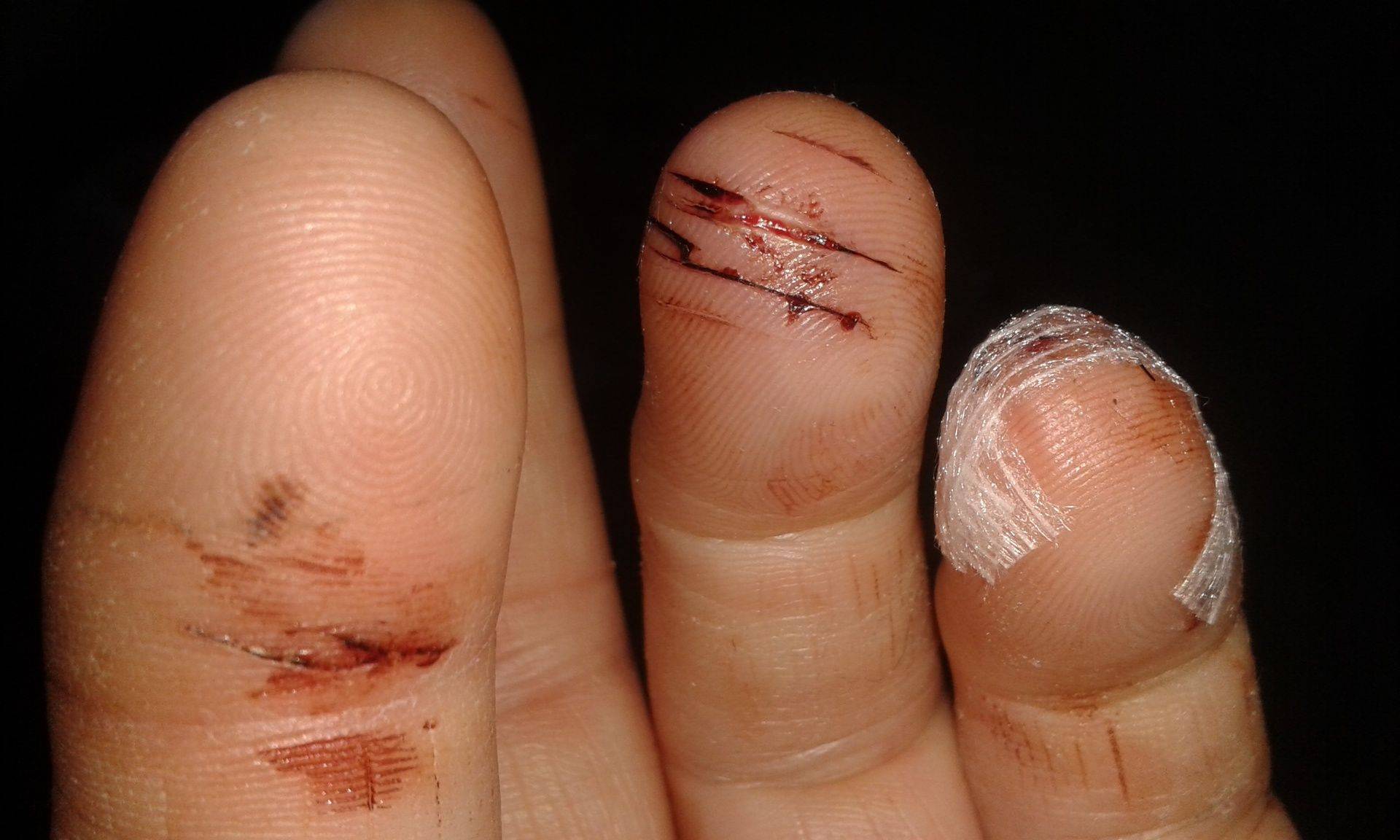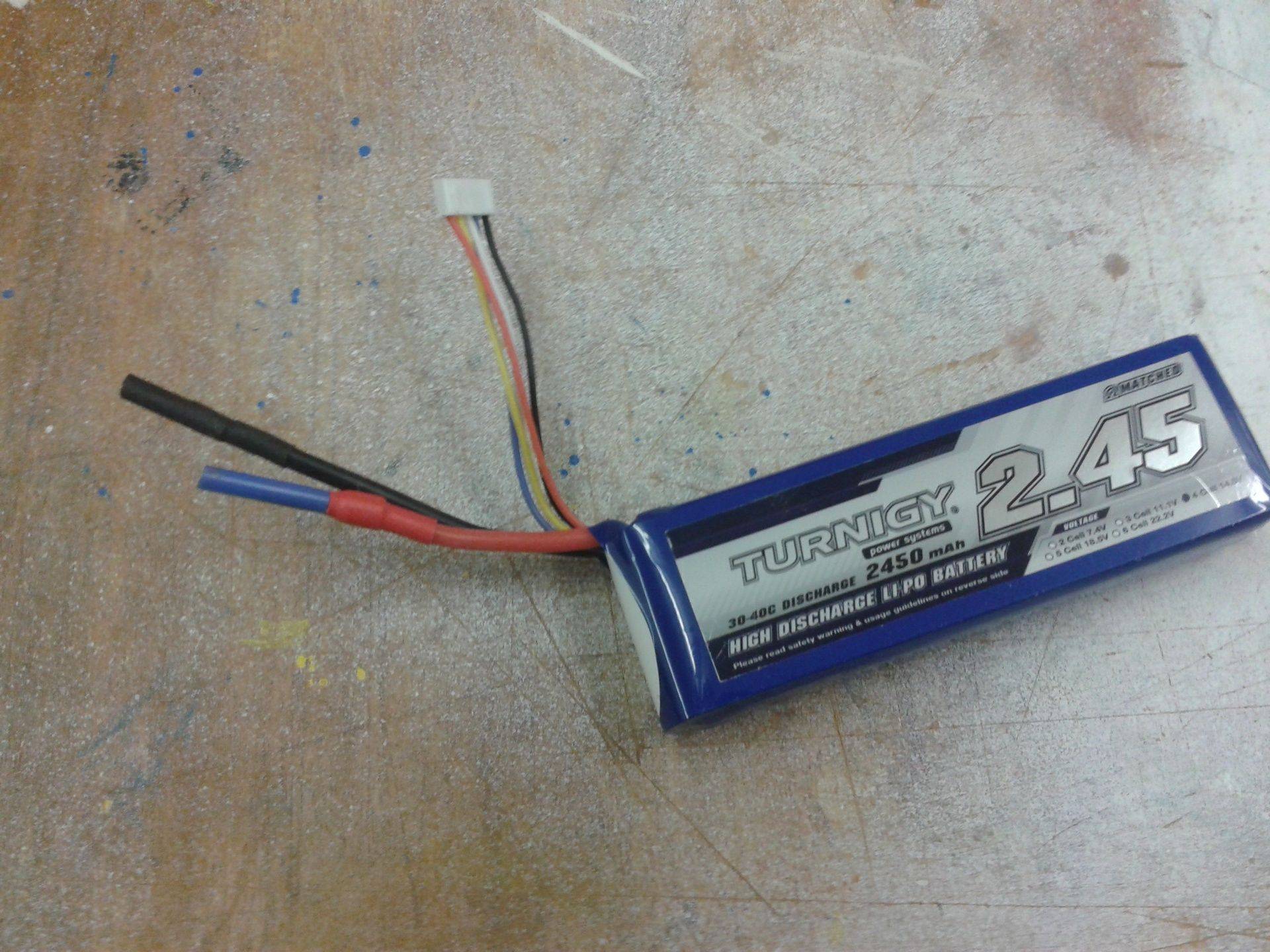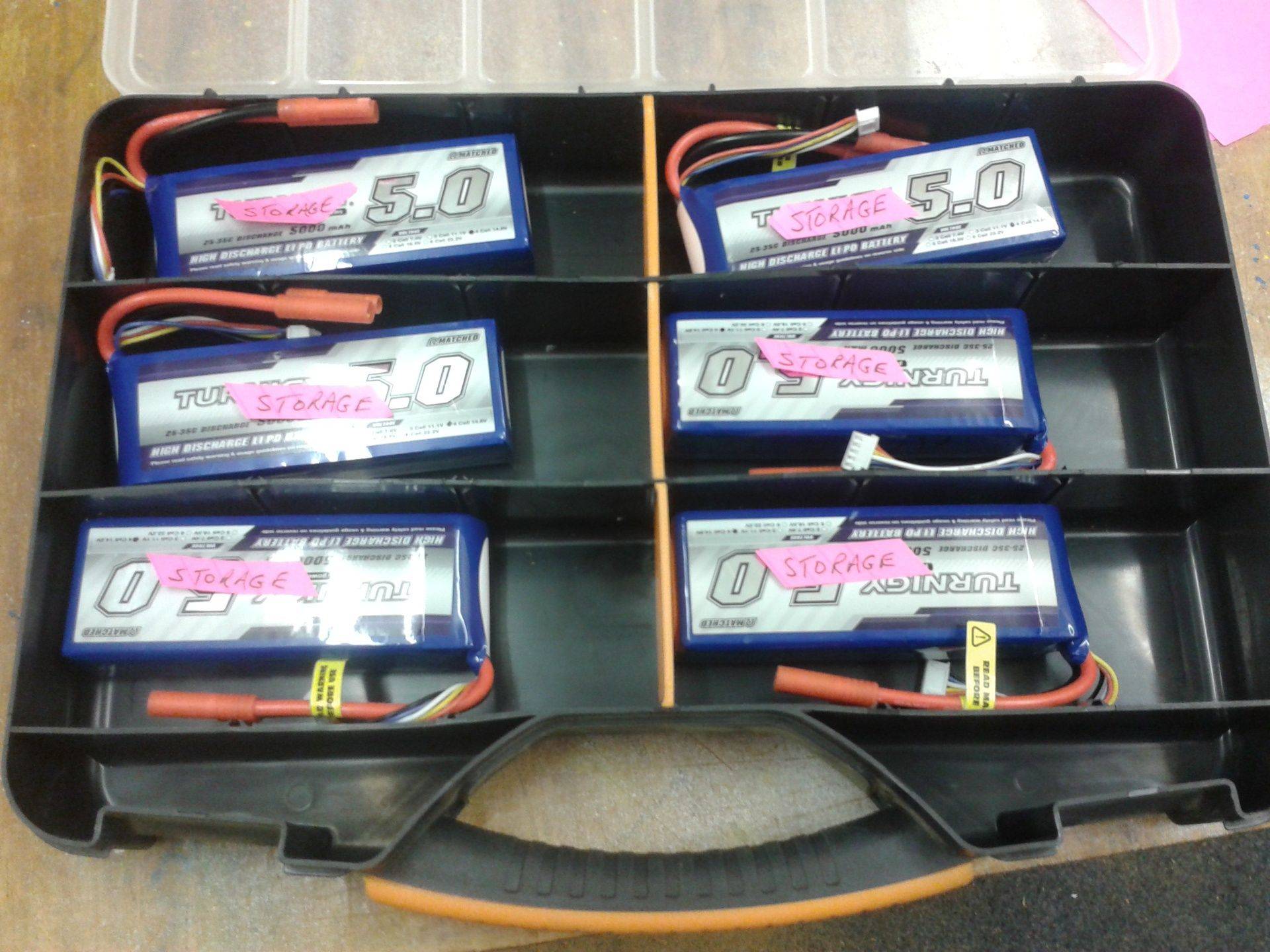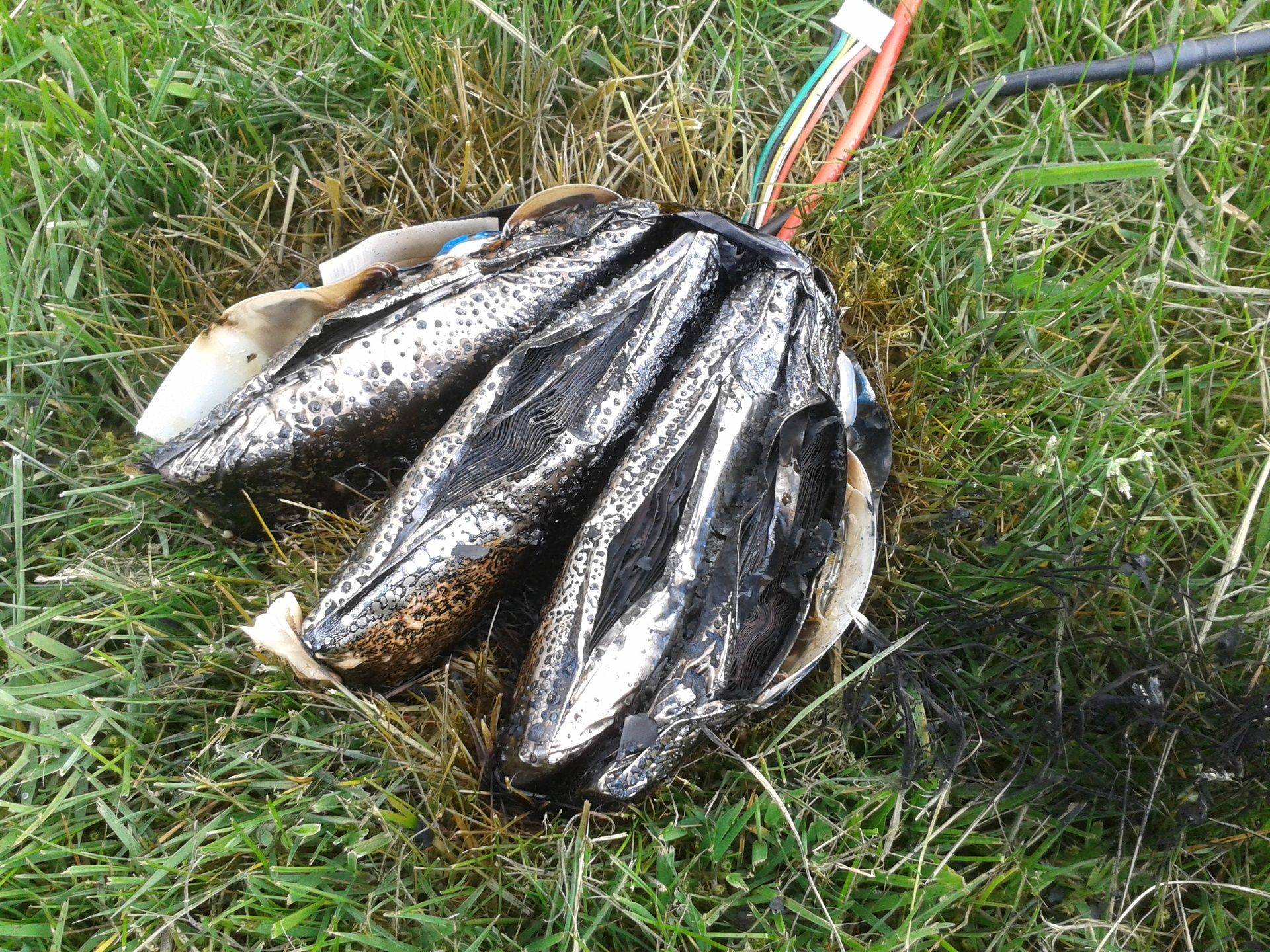Double-Click To Change Image
Cumbernauld Model Flying Club
Click here to edit subtitle
Electric Flight Safety
This is not a rehash of the normal safety warnings that come with everything you buy these days. These warnings are about serious injury and fire, both of which are key risks of flying electric powered models which don't exist in the same way for glow or petrol powered models. Be in no doubt that electric flight systems have the capacity to send you bleeding to casualty for stitches or worse or to cause a severe fire in your car, workshop or house. I'll try to explain why this is the case, and what you can do to minimise these risks.
Electric motors will cut you up much more than a glow or petrol engine will!
We all know that moving propellers are dangerous and most experienced modelers have the scars to confirm that fact. That's why we have rules about standing behind the propeller arc for all models, regardless of motive power. A two blade propeller turning at a fairly modest 8000 rpm has 16000 chances to cut you every minute. That's 267 cuts per second! So you don't have to have your hand or fingers in the propeller for very long to get seriously hurt. This is bad enough with glow engines but a key feature is that if you stick your hand in a glow engine, it will hurt you then stop as the engine stalls. Internal combustion just can't keep going once its cycle has been interrupted. This is not true for electric motors. As long as they have electrical power, they will keep running, mincing up anything that gets in their way until they run out of battery, or something melts! That's why they are inherently more dangerous. Do not be under any illusions, either, about smaller motors and propellers. A 250 size quad copter will send you to casualty just as quickly, as some of our multi rotor members will attest.
While I have nothing against kill switches and other electronic safety measures, you must treat an armed electric model (i.e. one with the drive lipo connected) as if it might burst into life at any second. Electronics go wrong, switches get knocked and people forget what switch they used as the cut off. Club rules state you must not leave an armed model unattended. Arm it immediately before flying, and disarm it immediately after flying before you do anything else. When it is armed, handle it in such a way that no part of your body, hands or fingers are within the propeller arc at any time.
Carelessly handled Lipos may burn your house down!
If you are in any doubt about the lipo's ability to start a good fire, simply Google "lipo fires". That should wake you up a bit! Because the chemicals used in a lipo contain their own oxygen, it is almost impossible to put out a lipo fire with an extinguisher. The best course of action is to get it outdoors if you can, then treat it as an unexploded firework!
Although it is thought possible, I have never seen or personally heard of a case where a lipo which is just sitting minding it's own business suddenly bursts into flames. They will do so, however, if they are mischarged, damaged or shorted out.
I hope we all know to make sure we are using the lipo program on our charger, set to the correct number of cells, and to charge at no more than the 1C rate. If not, you are in trouble! If you charge a lipo using the Nicad or NiMH program on your charger, you will probably start a fire so double or triple check every time. I keep separate chargers that I only use for lipos. Don't get complacent because you are using lipo bags, especially in the house as the smoke damage will be substantial.
If you pierce a lipo, especially the older ones, you have a good chance of starting a fire. This can be achieved by dropping your scalpel on to it in the workshop (done that!) or putting it in a field box with screwdrivers, etc and giving it a good shake in your car. Crashing your plane and it pushing forward into the ends of the motor retaining bolts is another tried and tested method.
But my favourite by far is shorting them out and, from personal experience, I can assure you that this can be spectacular. Do not throw them in your field box with a selection of metallic objects such as screwdrivers, spanners and allan keys. Connecting them up the wrong way, especially on the test bench (done that too!) is pretty exciting.
When you are storing and transporting lipos of any size, treat them as if they were unexploded bombs (which they literally are!). Most of all, make sure they cannot short out on themselves, each other or anything else. I use 4mm connectors and make sure that one lead is much shorter than the other so they can't touch and that the male end is covered (I use old snake outers which are just the right size). Completely shrouded twin plugs are also good. I wouldn't use a metal box due to the possibilities of shorting on the box, and my preferred method is to use compartmentalised plastic boxes with only one or two lipos per compartment. You can see some examples in the accompanying pictures.
Moving lipos crash planes!
Most electric models are lightly built. The lipo is usually the heaviest thing in the aircraft. Make sure it is firmly connected to the battery platform and that the battery platform is securely connected to the aircraft. Otherwise it will break loose, possibly disconnect (therefore no radio if using BEC), probably move about causing a rearward balance point and inevitable crash. I have seen too many planes go in this way. Ideally you should have a loop of velcro around the battery, but if it has to be only on the tray, make sure it is full length and test it.
Electrified .40 size trainer on the bench in a "kill switch" incident. Plane started unexpectedly.

This is what a 250 sized quad can do when it starts up unexpectedly in the workshop.

If using individual bullet connectors, make one lead longer than the other and cover the male terminal.

Recommended transport and storage solution. Shop around for best buys on these kind of boxes.

What remains of a 4s pack connected with reverse polarity in the workshop and shorted out as the speed controller failed The smoke plume reached the cloud base. No fire in this case but the grass is scorched from the heat.